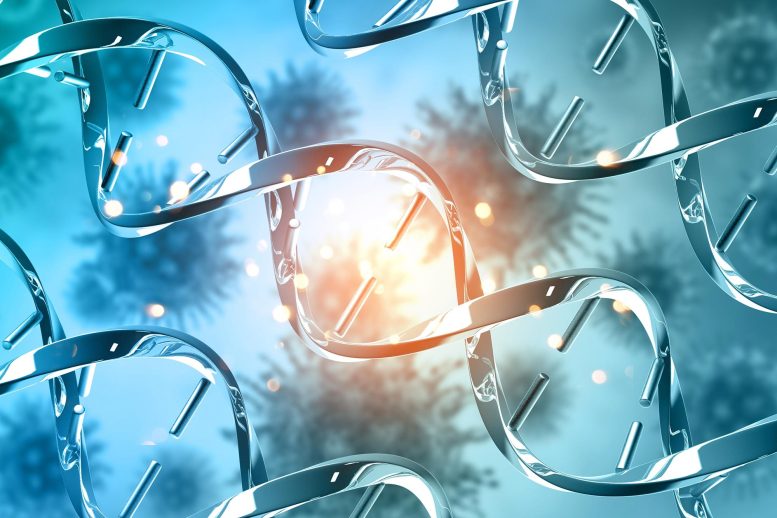
The research shed new light on auxiliary metabolic genes.
The protein could be important in both soil decomposition and soil carbon cycling.
There are billions of bacteria, fungi, and viruses in every handful of soil, all of which contribute to the sustenance of the cycle of life. Understanding how these microorganisms interact with one another allows scientists to better understand soil health, soil carbon, and nutrient cycling, and even how dead insects decompose.
Soil viruses feature genes that seem to have a metabolic role, but they are not essential for normal viral replication. These genes are known as auxiliary metabolic genes (AMGs), and they produce proteins, some of which are enzymes with a variety of roles. Scientists have previously speculated if certain AMG proteins have a role in crucial soil processes such as carbon cycling. To learn more about soil AMGs, researchers determined the atomic structure of a protein expressed by a specific AMG.
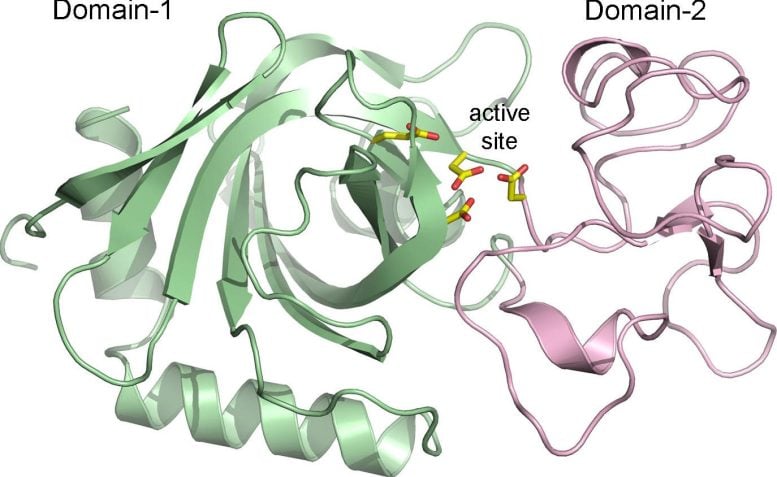
A three-dimensional structure of the soil virus AMG product, an enzyme known as a chitosanase. The chitosanase is composed of two structural domains (Domain-1 in green and Domain-2 in pink). The active site at which the chemical reaction takes place is highlighted by the four yellow and red sticks. Credit: Clyde Smith/SLAC National Accelerator Laboratory
Researchers used high-brightness X-rays generated by the Stanford Synchrotron Radiation Lightsource’s (SSRL) Beam Line 12-2 at the Department of Energy’s (DOE) SLAC National Accelerator Laboratory to irradiate fragile crystallized protein samples. The X-rays struck the proteins in the crystal samples, exposing their molecular structures as well as some of the mystery surrounding their composition.
AMGs do not, like many viral genes, help a virus replicate. Instead, they encode for a variety of proteins, each with its own predicted function. The AMG that was expressed was a putative enzyme that plays a key role in how soils process and cycle carbon in the biosphere.
“We saw the location of every atom in the viral protein, which helps us figure out how it functions,” Clyde Smith, SSRL senior researcher and co-author, said. “We were amazed to see that the protein resembles known atomic structures of related bacterial and fungal enzyme families, but also contained totally new pieces.”
The detailed atomic structure is unprecedented and reveals for the first time the potential mechanism of this novel enzyme that could play an important role in soil ecology, Janet K. Jansson, chief scientist at the DOE’s Pacific Northwest National Laboratory (PNNL) and co-author, said.
“Our collaboration with SLAC has enabled us to decipher previously unknown functions carried out by soil viruses,” Jansson said.
The research team from SSRL, PNNL, and the Joint Genome Institute (JGI) at the DOE’s Lawrence Berkeley National Laboratory, recently published their results in Nature Communications.
Breaking down chitin
Researchers think that the viral AMG in the study encodes an enzyme that performs a degradation reaction on chitin. Chitin is the second most abundant carbon biopolymer on the planet after cellulose and is a part of an insect’s exoskeleton and the cell walls of most fungi.
The viral AMG in the study is known as a chitosanase protein, and from sequence analysis was identified as a member of the glycosyl hydrolase GH75 family. This protein could be acting like a garden hoe for the soil – i.e., a tool that helps to prepare the soil for vegetables, trees, flowers, and all other kinds of life.
Capturing the atomic structure of the chitosanase protein required more than 5,000 images taken from the crystal samples. Piecing together these images revealed that parts of the protein’s structure resembled a known group of carbohydrate-metabolizing enzymes from the glycosyl hydrolase GH45 family. However, the chitosanase protein contained other molecular pieces that did not look like those found in GH45, or in any other known protein structures, which means its role in soil cycling remains open to further studies, Smith said.
“There is a part of the enzyme that is completely new and novel. That’s what’s exciting to me as a structural biologist – to see something we have not seen before, and then try to figure out what its role might be,” Smith said.
Future research could lead to an understanding of why AMGs exist in the first place since they do not help a virus replicate, Smith said. Additionally, researchers could learn more about other AMGs carried by soil viruses and whether or not they play a functional role in the soil ecosystem.
“One of the big questions coming from this finding is, ‘What in the soil needs that carbon in the chitin?’” Smith said. “Answers to questions like this will lead to a deeper understanding about the interaction of the multitude of microorganisms in the soil, the movement of nutrients and essential molecules, and the overall health of the soil.”
Reference: “Structural characterization of a soil viral auxiliary metabolic gene product – a functional chitosanase” by Ruonan Wu, Clyde A. Smith, Garry W. Buchko, Ian K. Blaby, David Paez-Espino, Nikos C. Kyrpides, Yasuo Yoshikuni, Jason E. McDermott, Kirsten S. Hofmockel, John R. Cort and Janet K. Jansson, 19 September 2022, Nature Communications.
DOI: 10.1038/s41467-022-32993-8
The study was funded by the DOE’s Office of Biological and Environmental Research (BER), JGI, and the DOE’s Environmental Molecular Sciences Laboratory (EMSL). The project was initiated by researchers at PNNL through the soil microbiome SFA funded by BER. It was also supported by a FICUS grant for JGI and EMSL support. The Structural Molecular Biology Program at SSRL is supported by the DOE’s BER and by the National Institutes of Health, and the National Institute of General Medical Sciences.

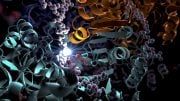
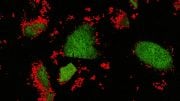
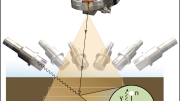

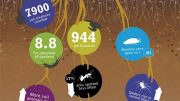
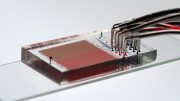

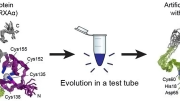
Be the first to comment on "Mysterious Soil Virus Gene Seen for the First Time"